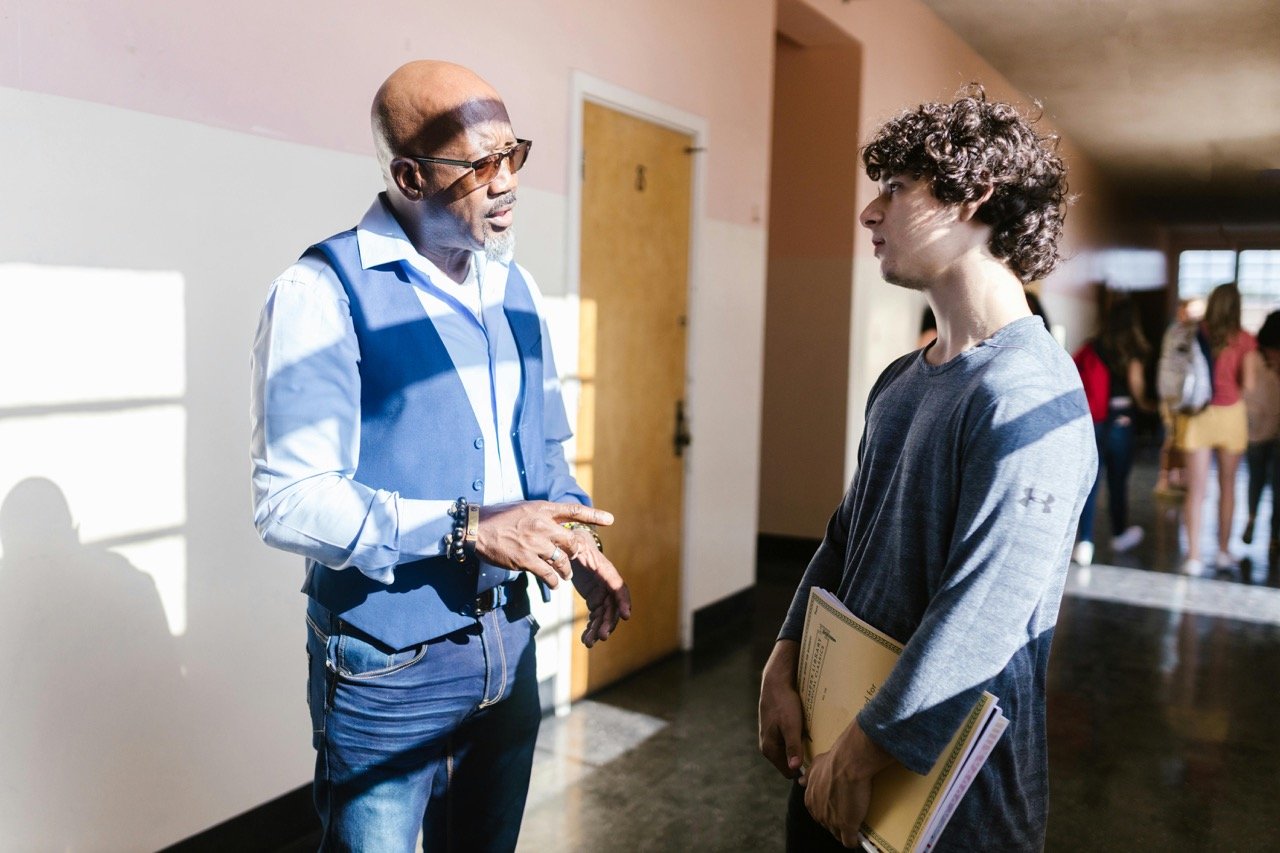The Magic Formula: Acknowledge, Validate, Coach
Can you think of a time when you felt frustrated or irritated about a situation and you just needed to vent? How did the listener respond? We are hoping that they listened carefully and acknowledged your feelings. However, we have found that more often folks respond to a venting session with lots of advice or possible solutions. This tends to result in increased frustration instead of making the speaker feel better- which is the whole point of a good venting session!
Kids aren’t all that different from grown-ups in this regard. And yet, as grown-ups, we often try to solve problems for students when all they want to do is vent or be heard. We use a formula that works for students of all ages, colleagues, and even family members when they are having big emotions that allows them to be heard first, and then provides an opportunity to help find solutions. Coined by licensed therapist Nando Raynolds it’s called, “Acknowledge, Validate, Coach.” While this process is pretty straightforward to explain, it takes some practice. Once you get this formula down, it’s as close to magic as we have seen!
Acknowledge
“It seems like you are pretty angry at your classmate.”
The first step is to Acknowledge. This means naming the feeling that a child is experiencing. If you are working with an older student and they are using words to describe how they are feeling, use their words as you reflect back what you hear them saying. Using their own words lets them know you truly heard what was bothering them. If they don’t directly tell you how they are feeling, you may have to guess what they are feeling and check to see if you got it right. “It sounds like you are really frustrated.” Or, “It seems like you are pretty angry at your classmate.”
Especially with younger students, you might want to use a feeling chart or other visual tool to help them describe their emotions.
When we acknowledge how a child is feeling, by naming it or reflecting back what we heard them say, we show them that we are listening, and that we truly see them. This also allows them to stop demonstrating their feelings through behavior, because they now know that you understand what they are trying to communicate.
Validate
“I think it’s pretty common for someone in your situation to feel super irritated.”
The next step is to Validate. This is when you help the child understand their feelings are valid and you understand why they are feeling that way. This helps normalize the feelings the student is experiencing. You might say something like, “It’s really understandable that you would feel that way.” Or “I can see why you would feel frustrated and angry about what happened with your teammates.” Or “It makes sense to me that you would feel angry about that.” Or even, “I think it’s pretty common for someone in your situation to feel super irritated.”
This step is crucial for a child to feel understood. When we validate the feelings that children are having, we are validating them. We are helping them feel seen, heard, and valued. We are letting them know that we are taking their feelings seriously, and - in turn- taking them seriously.
Coach
The final step is to Coach. Once you see that your efforts to acknowledge and validate have gotten through, you can move on to redirecting by providing another perspective, offering support or advice, or coaching them to a new understanding. Oftentimes, as educators, we start with the coach step first in an attempt to redirect their behavior, to problem-solve, or help our students feel better. However, when we skip the first two steps, we might inadvertently ignore or invalidate their feelings. We may even offer coaching that doesn’t address the actual problem.
By checking that we have understood how the student feels, and that we are addressing the actual problem as the student sees it, we can give advice that is useful and welcomed by the student. This gives students a choice in the next steps. Sometimes when we check in with students, they don’t even need us to offer solutions. It was simply enough for them to feel acknowledged and validated.
Connecting It
We use this strategy multiple times a day and we are still surprised at how it just works - no matter who you are talking with. So while there might not truly be a “magical” formula for reaching students who are struggling, when we acknowledge their feelings (and them!), affirm the validity of their emotions, and then offer coaching. The results sure do feel like magic.
Want more guidance on these strategies? Erika & Tiffany can help you! Connect with them today.
Become a Member
Become a Connected Communicator Now
As a member, you gain access to a wealth of resources and exclusive content tailored to your interests.




